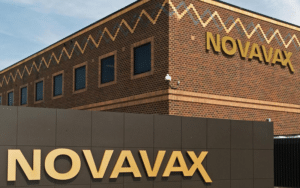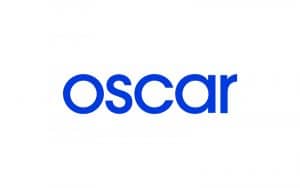Fortescue Metals Group announced on Monday that its metals business CEO, Fiona Hick, has stepped down after just six months in the role. This unexpected departure comes as the company reported a 23% decrease in annual profit, which was partly attributed to a significant write-down.
Although Fortescue executives did not provide specific reasons for Hick’s departure, the chief operating officer of the company’s iron-ore mining operations, Dino Otranto, has taken over her position. This sudden change in leadership has raised concerns among analysts, with Citi analyst Paul McTaggart noting that the market will be unsettled by yet another senior management transition. Despite this, he acknowledged that the miner’s fiscal 2023 earnings were mostly in line with expectations.
Following the news, Fortescue’s shares saw a decline of approximately 5% by midday in Sydney.
In an official statement, Fortescue stated that Hick’s departure was amicable and mutually agreed upon. Meanwhile, Otranto, who joined the company in 2021, brings with him more than two decades of experience in the energy and resources industries, having worked with various commodities in different parts of the world.
Hick expressed her plans to spend quality time with family and friends while evaluating her next professional move in an email statement.
Fortescue, the fourth-largest iron-ore exporter globally, disclosed a net profit of US$4.80 billion for the 12 months ending in June, a decline from the previous year’s US$6.20 billion.
Additionally, the company reported a noncash impairment of US$726 million related to the Iron Bridge project, a joint venture with Formosa Plastics located in remote northwest Australia. The miner attributed this impairment to inflation pressures and supply chain delays impacting the project’s cost base.
Fortescue’s Profits Fall as Iron-Ore Prices Weaken
Fortescue, one of the largest iron ore producers, has reported an 11% drop in underlying profit, amounting to $5.52 billion. This decline is attributed to lower iron-ore prices and higher operational costs, despite the company achieving record shipments of the steel ingredient.
The average revenue for Fortescue’s iron ore sold to steel mills in China and other parts of Asia decreased to $94.74 per metric ton compared to $99.80 per ton the previous year. Additionally, the company’s direct operational expenses, known as C1 costs, increased by 10% year-over-year.
In terms of volume, the company shipped a total of 192.0 million tons during the period, surpassing the previous year’s figure of 189.0 million tons.
The board of directors has announced a final dividend of 1.0 Australian dollar (equivalent to $0.64) per share, down from A$1.21 in the prior year. Fortescue adheres to its policy of distributing 50%-80% of profits to shareholders, and the total dividends for fiscal year 2023 amount to A$1.75 per share, representing 65% of underlying profit.
In a significant shift, Fortescue has decided to discontinue allocating 10% of its profits to its clean-energy branch. Moving forward, investments made by the energy unit will compete equally with mining and metals investments for funding. Mark Hutchinson, CEO of Fortescue’s energy arm, stated that there is no predetermined budget for future spending on the energy business.
Fortescue aims to make five final investment decisions regarding clean-energy projects before the end of 2023. The company is currently engaged in advanced talks with potential customers for supply arrangements.


